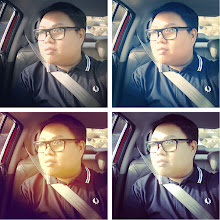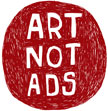A nice read celebrating how design is not ultimately restricted to things, and has now included processes under its wings.
Winning Ways of Making a Better World by Alice Rawsthorn in NY Times
Kiva in the last four years has distributed over $86 million in micro-loans to the working poor all over the world. It works with local micro-finance institutions, which have the specialist knowledge needed to identify suitable recipients, but don’t have enough money to help them. Kiva’s role is to persuade people to lend. So far it has convinced over 500,000 of them to do so and, on Friday, was named one of five winners of the INDEX: Award 2009, the biennial design prize funded by the Danish government to celebrate examples of “design to improve life.”
It is less obvious why Kiva is eligible for a design award. By any definition, it is a fantastic project, which undoubtedly helps “to improve life” by raising money for people who desperately need it. But what does it have to do with design?
The answer is not much if you think of design solely in terms of its traditional role of creating “things,” like the Chulha. But Kiva is a product of what is called the “new design,” “process design” and “service design” — a fluid process of applying design thinking to abstract issues, such as changing human and organizational behavior.





